
Does Composite Decking Add Value to a UK Home? A 2025 ROI Guide
Discovering that something has made a home under your decking can be unsettling. That dark, sheltered space is an open invitation for local wildlife, but when the visitors are a buzzing swarm, a skittering rodent, or a family of foxes, you’ll want to know how to handle the situation safely and effectively.
This complete guide will walk you through how to identify and deal with the most common animals found under decking in the UK.
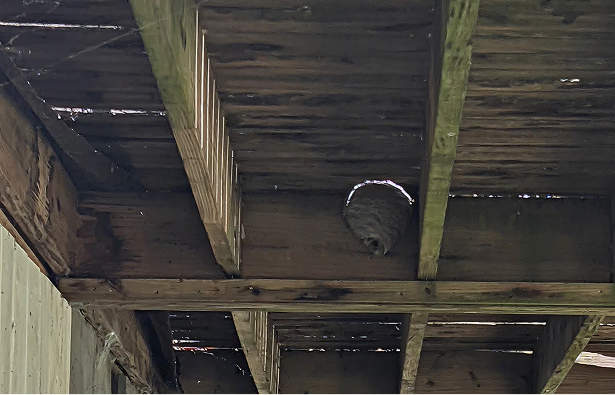
Finding a buzzing nest is a common concern, especially for families with children and pets. Before you do anything, the most important thing is to stay calm. The next step is to figure out what you’re dealing with, as the right course of action for bees is very different from that for wasps.
SAFETY FIRST: Do Not Disturb the Nest! We understand your first instinct might be to get rid of it. Please don’t. Poking, spraying, or blocking a nest can provoke the insects, leading to aggressive behaviour and painful stings. Keep children and pets well away from the area until you have a clear plan.
Step 1: Identify Your Visitor
Take a look from a safe distance. Their appearance and behaviour are the biggest clues.
Slimmer than a bumblebee, with golden-brown and black stripes. Fuzzy, but less so than a bumblebee.
Key Facts: Vital pollinators. Live in large colonies (swarms). Can only sting once but will do so to defend their nest.
Bright yellow and black, with a sharp, defined “waist”. A smooth, shiny body with very little hair.
Key Facts: Can be extremely aggressive, especially near the nest. Attracted to sweet food and drinks. Can sting multiple times.
Fat, furry, and round, with distinct yellow/black bands. Looks like a fluffy ball with wings.
Key Facts: Gentle and placid, often seen “bumping” into flowers. Crucial pollinators. Lives in smaller nests and rarely stings.
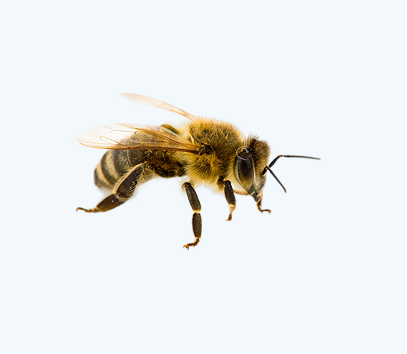
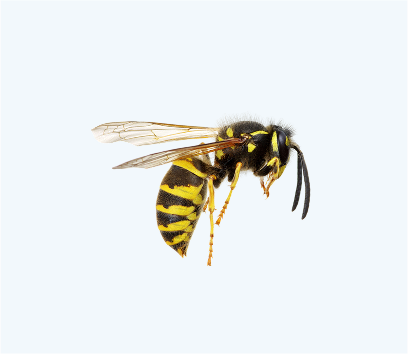
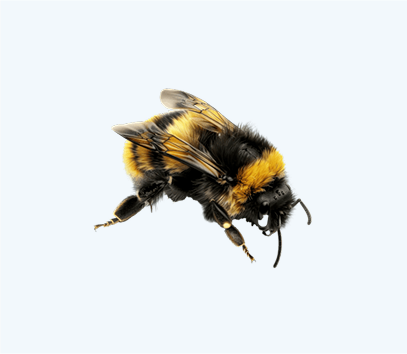
Step 2: Take the Right Action
Honeybees are essential to our environment. Because of their vital role as pollinators, you should never attempt to remove a nest or use pesticides on them. Your only call should be to the British Beekeepers Association (BBKA), who will connect you with a local swarm collector to relocate the colony safely.
These gentle giants are not aggressive, and their nests have a short life cycle, dying out naturally in the autumn. In almost all cases, the best course of action is to simply leave the nest alone.
Wasps can be aggressive, and their stings are painful. For your own safety, stay well clear and call a professional pest controller. They have the correct protective equipment and treatments to deal with the nest safely.
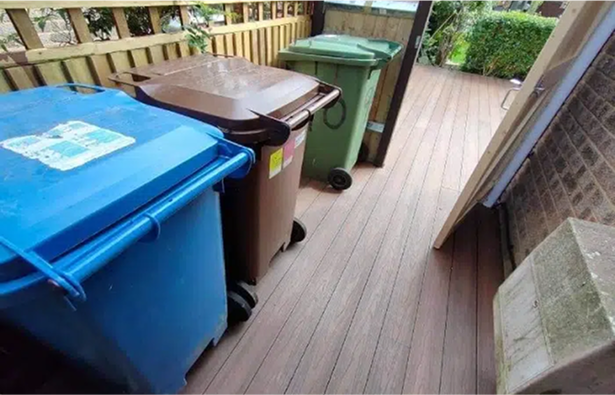
While flying insects are one thing, discovering rats under your decking is a more serious issue due to the health risks and potential for damage they pose. Swift and effective action is key.
Step 1: Decide on Your Approach - Professional vs DIY.
This is the fastest and most effective route. You can contact your local council’s pest control department or a private pest control company. Please note, the RSPCA does not handle pest control.
If you want to handle it yourself, the process involves two stages: removing the current rats and, crucially, preventing their return. For removal, you can use traps, but we strongly advise seeking professional help to ensure all rodents are gone before you seal up the area.
Step 2: Remove All Attractants
Rats are drawn to easy sources of food and water. Making your garden less inviting is a critical step.
Ensure all rubbish bin lids are tightly sealed.
Bring pet food bowls inside after use and store bird seed in rodent-proof containers.
Remove piles of wood, garden waste, and any other clutter that could be used for shelter.
Step 3: Install a Permanent Physical Barrier
Once you are certain the rats are gone, you must block their access permanently.
The most effective way is to install a skirt of heavy-duty wire mesh (often called “hardware cloth”) around the entire perimeter of your deck. Do not use chicken wire, as rats can chew through it.
The mesh must be buried at least 300mm deep and then bent outwards at a 90-degree angle to form an “L” shape under the ground. This prevents rats from simply digging underneath it.
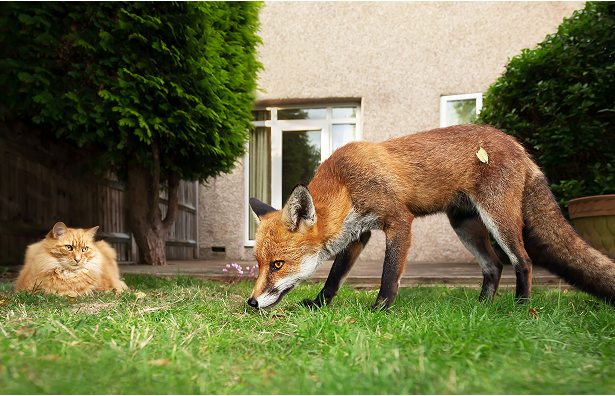
Beyond rodents, larger mammals like foxes may also see your deck as a prime piece of real estate. While not dangerous, we understand most homeowners would prefer they didn’t move in. The goal is always to encourage them to leave humanely.
Caution: Always Check for Cubs First! A vixen (female fox) may have cubs, especially during spring and early summer (typically March to August). Never block an entrance to a den without being 100% certain it is empty. If you are ever unsure, or if you suspect an animal is injured, please call the RSPCA for advice before taking any action.
The 3-Step Plan to Encourage Foxes to Leave
As with rats, secure your bins and remove all outdoor food sources. A tidy, open garden feels less safe and inviting to a shy fox.
Try a motion-activated light or water sprinkler. The sudden disturbance is often enough to make a fox feel uncomfortable and move on. You can also use approved fox-deterrent sprays from a garden centre.
Once you are sure the den is empty, you can install the same buried wire mesh barrier described for rats to prevent their return. To hide the mesh, you can place potted plants or install composite fascia boards for a clean finish.
Dealing with wildlife under your decking is all about identifying your visitor and taking the right, safe course of action.
They are vital. Do not touch them. Call the British Beekeepers Association (BBKA).
They can be dangerous. Call a professional pest controller.
They are a health hazard. Call your council or a pest control company.
Check for cubs, then humanely encourage them to leave. If ever concerned an animal is trapped or injured, call the RSPCA.

Does Composite Decking Add Value to a UK Home? A 2025 ROI Guide